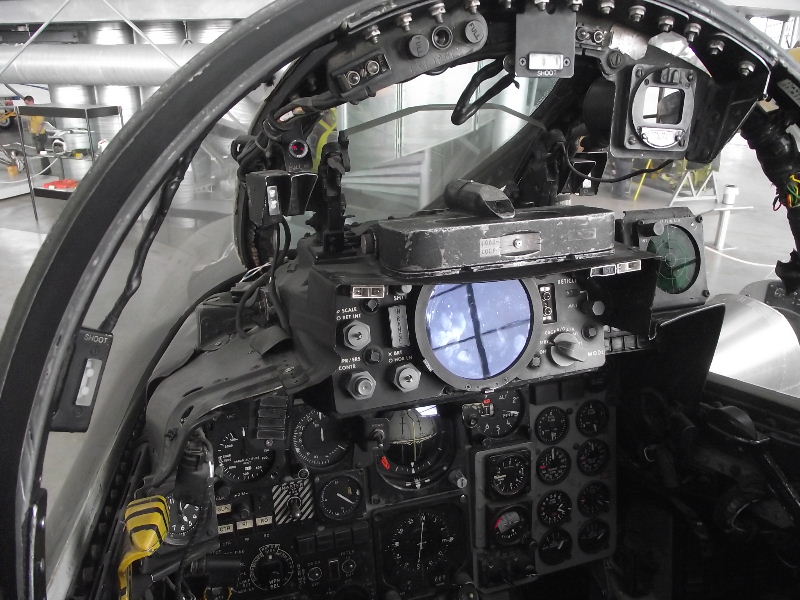

convinced the Air Force to procure the aircraft whose performance qualities were as good or better than their best fighters. These factors coupled with a demonstrated capability to lift a load of up to 22,000 lbs.

In the space of about twenty-eight months since its introduction, the F-4 had established 15 world aviation records including altitude (98,500 ft), time-to-climb and speed (Mach 2.59). Its maiden flight occurred in 1958 with deliveries to Navy and Marine squadrons beginning in 1960. The aircraft designation was then changed from AH-l to F-4H-l and named the “Phantom II”, one of the most famous aircraft in the history of military aviation. The combined thrust of the two engines in after-burner gave it a thrust-to-weight ratio greater than one which meant that the F-4 could climb straight up after take-off. After the purchase of two AH-1 prototypes in 1954, Navy specifications were revised to provide for two-crew manning (pilot and Radar Intercept Officer), the Sparrow III (and eventually the Sidewinder) guided missile weapons system, and two GE J-79 engines with 17,000 lbs thrust each for Mach 2+ speed. The outcome was the single-seat, multi-role (i.e., fighter, attack, photo reconnaissance, ECM) AH-1 aircraft with a top-speed of Mach 1.5. After being released as a POW on March 29, 1973, “Fingers” became “Mugs” Executive Officer at TopGun.Īfter losing out to the F-8U Crusader in a competitive bid for a Navy Supersonic air-superiority fighter, McDonnell began a company funded project in 1952 to produce a carrier-borne fighter-bomber as a replacement for its F-3H Demon. Shortly after the MIG dogfight, “Mugs” was assigned to report as one of the first Commanding Officers of the Navy’s Fighter Weapons School, TopGun. These two Naval Aviators are one of only three Navy F-4 Phantom aircrews credited with twin shoot downs of MiGs in a dogfight during the Vietnam conflict. Jack is a Life Time member of the Museum. Jack is originally from Springfield, IL, and graduated from Illinois State University. Of particular interest, this type aircraft was flown by LDCR Ronald “Mugs” McKeown, with his RIO Jack “Fingers” Ensch from the deck of the USS Midway(CV-41). As the history of this particular aircraft shows, it was assigned to VF-161(Chargers), aboard the aircraft carrier USS Midway (CV-41) in June, 1973. Our F-4 Phantom came to the Prairie Aviation Museum on permanent loan from the National Museum of Naval Aviation, Pensacola, FL in 1997.


 0 kommentar(er)
0 kommentar(er)
